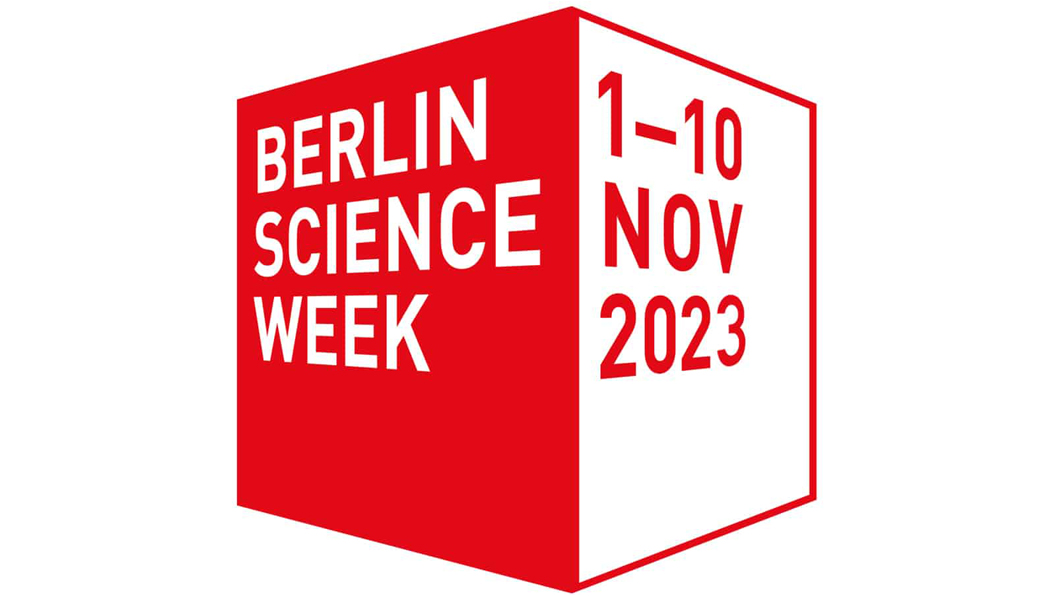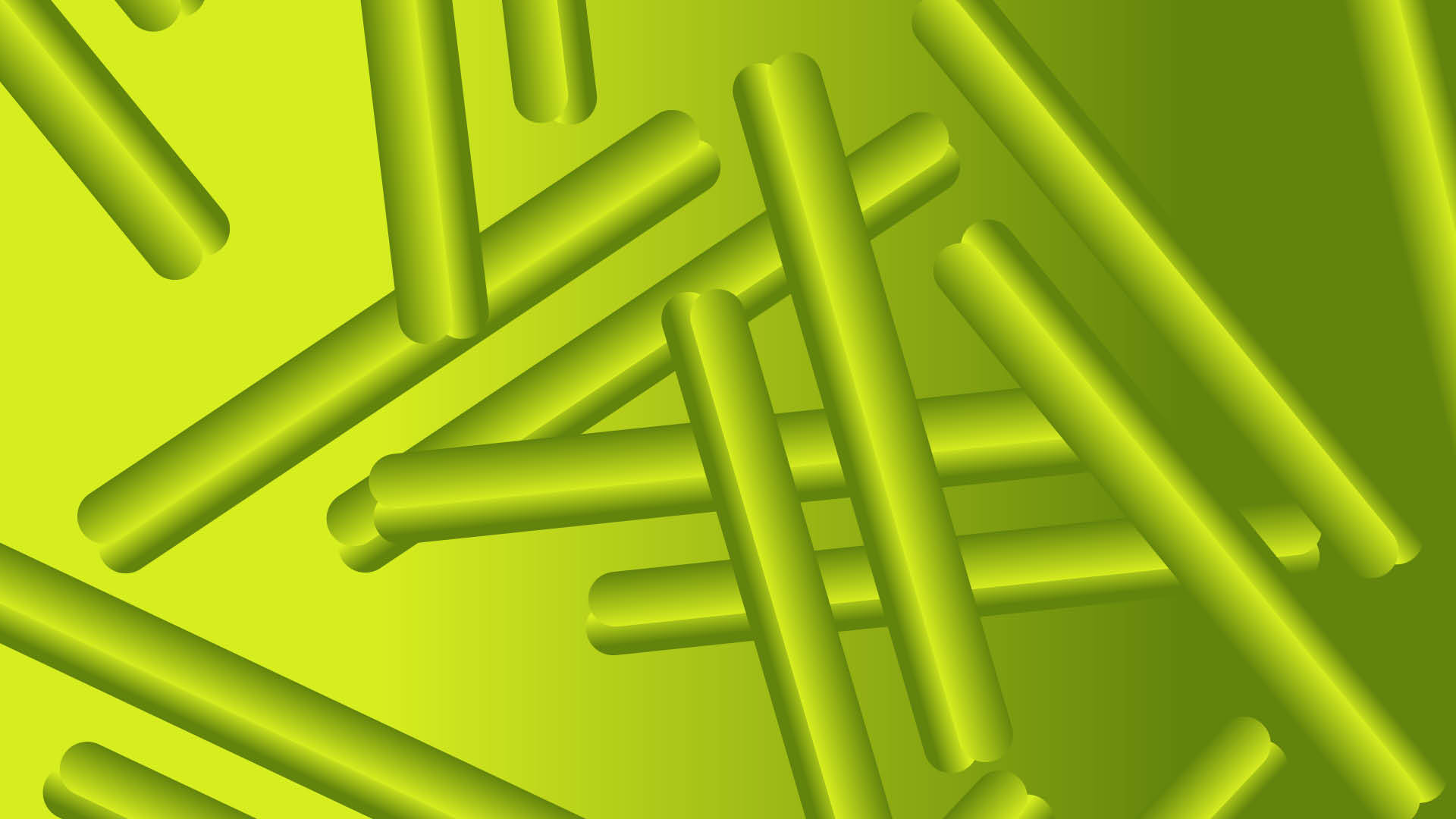In our modern world, artificial intelligence (AI) quietly plays a crucial role, managing various aspects of our digital lives. It's capable of tasks like diagnosing medical conditions, guiding autonomous vehicles, and even composing symphonies. In many ways, AI has surpassed human abilities. It's integrated into our daily lives, from helping with navigation on our phones to translating languages and responding to voice commands in our homes and places of work.
Despite AI's remarkable progress, neural networks–a fundamental component of modern AI–still have limitations. They lack common-sense reasoning, empathy and the nuanced understanding of human emotions.
Hidden within the complex codes and algorithms of the internet lies a battleground where humans and AI engage in a covert competition. Websites, applications and online platforms utilize CAPTCHAs to distinguish human users from automated ones.
This is particularly true of
One of the fundamental challenges associated with CNNs is their sensitivity to changes in an object's surroundings.
The limited robustness of CNNs has significant implications for real-world applications.
Researchers are actively exploring strategies to mitigate CNNs' brittleness to common perturbations that humans easily navigate. The most obvious approach involves data augmentation, where training data is enriched with rotated versions of images.
Despite the challenges presented by
In the intricate dance between humans and AI, we've uncovered AI's remarkable capabilities, as well as its flaws. Interestingly, as we depend more on AI, we've learned to leverage its limitations to the point where distinguishing between human and machine intelligence has become a real challenge. As we navigate the hidden AI that shapes our digital world, we find ourselves in a paradoxical embrace in which technology, often written about, is also the author itself.

